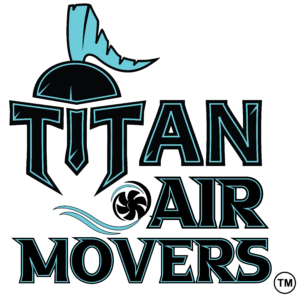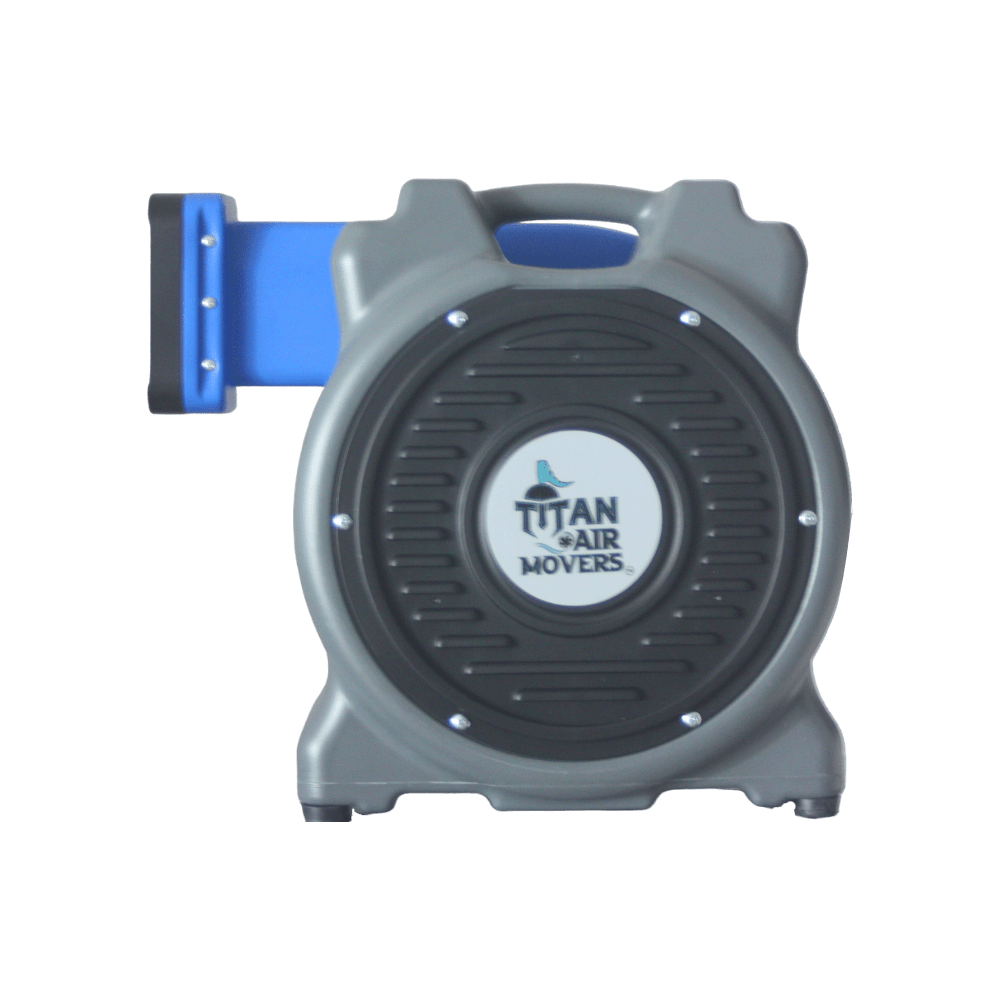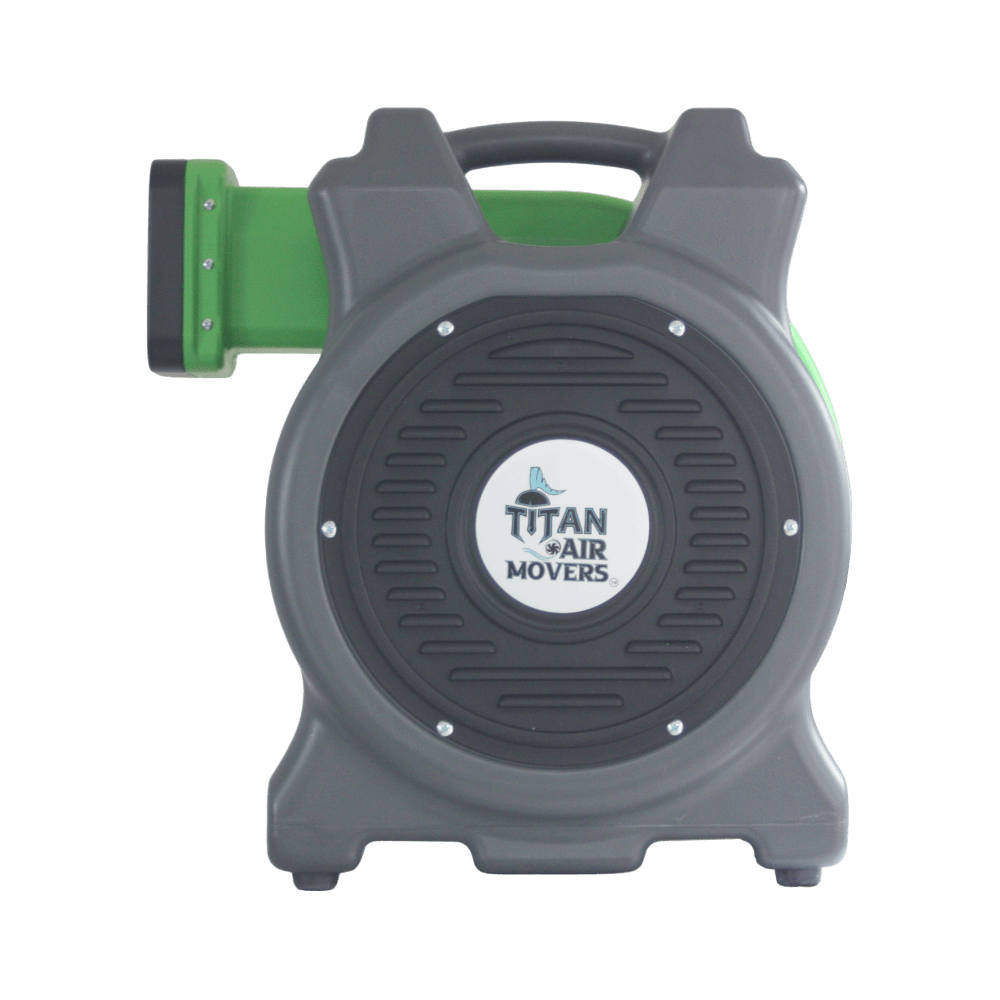Owners Manual
Please read the entire manual and save all pages of this document.
Do not throw away this document
Personal injury and/or property damage can result in failure to follow all rules and instructions of this manual.
Description
Designed with convenience in mind, the blower is compact and lightweight, making it easy to transport and set up anywhere. The features of this blower include a durable housing that protects the motor from external elements. This ensures longevity and reliability, even during extended periods of operation. The blower is engineered to maintain the optimal pressure inside inflatable structures, providing a safe and enjoyable experience for users of all ages.
Operation and Safety
- Inspect blower before each use. The motor of the blower must be dry at all times. Do not use the blower if it appears damaged. If damaged, repair or replace the blower promptly before the next use.
- Check for damage on the air tube before securing it tightly on the blower, using only appropriate straps or loop materials. If the punctured air tube is attached while in use, this could result in inefficient airflow, personal injury, or damage to the blower.
- Ensure that children and pets are kept at a safe distance away from the blower when it is plugged in or operating. Professional supervision is strictly required at all times while the blower is in use.
- Avoid inserting external objects or body parts into the blower. Place the blower in a location where it cannot blow dust, dirt, or other particles into the airflow pattern. Objects not part of the equipment may become hazardous projectiles.
- Verify and check that you have a secure power source for the blower. Use appropriate GFCI protected outlets only. The blower must be securely fastened to the inflatable structure and stay powered on for the entire duration of use.
- This blower is designed for the specific purpose of inflating (pressurizing) inflatable objects or structures. Any use other than the intended may pose a risk of injury or create hazardous conditions.
Electrical Safety
- The power supply for the blower must meet all requirements for safe and secure operation.
- When utilizing extension cords, ensure that they are UL listed for outdoor use and have the appropriate length and cord gauge. It is recommended to use a GFCI-protected outlet before using an extension cord.
- To avoid electric shock, do not operate on a wet surface. If wet, dry the blower/motor completely and check for damages before use.
- If you are cleaning or servicing the blower, make sure that the blower is turned off and that the power cord is unplugged from the power source. Hands must be dry and free from other objects when operating or repairing this blower.
- Failing to provide back-pressure to the blower may result in irreparable damage to the motor. Operate the blower only when it is securely attached to an inflatable structure.
Additional Safety Information
- To reduce the risk of fire or electric shock, do not use this blower with any solid-state speed control device.
- Prevent sharp and hard objects from dropping on or into the blower. Also, prevent any liquid from flowing into the blower.
- Do not completely submerge the blower in any liquid. If cleaning is necessary, wipe the blower off with a damp cloth. Do not pull or tug on motor leads or the power cord.
Keep Unit Grounded
This blower should be grounded. In the event of an electrical short circuit, grounding reduces the risk of electric shock by providing an escape wire for the electric current. This product is equipped with a cord having a grounding wire with an appropriate grounding plug. The plug must be plugged into an outlet that is properly installed and grounded in accordance with all local codes and ordinances.
Improper installation of the grounding plug can result in a risk of electric shock. If repair or replacement of the cord or plug is necessary, do not connect the grounding wire to either flat blade terminal.
Caution
Do not modify the plug provided. If the plug does not fit the outlet, seek professional help and replace the outlet. If the power cord is damaged, it must be replaced by the manufacturer or its service agent or a similarly qualified person to avoid a hazard.
Conveyance and Storage
- While transporting or moving the blower, do not collide with other objects. Do not shake the blower. Store the blower in a dry, leveled, and ventilated area.
Troubleshooting
Blower Will Not Run
- Switch is not turned on - Examine to see if the switch is turned on.
- The circuit breaker or GFCI outlet tripped - Reset the protected GFCI outlet or circuit breaker before powering on the blower.
- Power cords are damaged - Survey the blower to see if cords are secure and appear to have no damage.
- Defective switch - If you are within the warranty period, please contact your distributor for assistance.
Motor Will Make a Scraping Noise
- The screws on the propeller wheel are loose - Tighten the screws.
- There are foreign objects in the propeller wheel - Remove objects and inspect that the wheel is clean before use.
Blower is Unable to Run Properly
- Damaged/defective motor or motor shaft - If you are within the warranty period, please contact your distributor for assistance.
Trips the Circuit Breaker
- Unauthorized use of an extension cord - Check the length and gauge size of the cord.
Maintenance
- Unplug or disconnect the blower from the power supply before performing services.
- Always remove dust, dirt, and other debris that appear on the inlet impeller. Do not use a pressure washer or any other heavy water tools to clean the blower.
- It is recommended to use compressed air or a high-pressure vacuum to remove dirt and other small particles from inside the blower. Be attentive to any abnormal sounds and promptly turn off the blower if unusual noises are detected.
- Avoid dropping the blower or placing the blower where the motor is not leveled.
- Examine the blower for loose screws and fasteners before each use.
- Remember that the power source must be disconnected prior to any services or when cleaning the blower/motor.
Specifications
| Model | Apollo 1.0 | Atlas 1.5 | Hercules 2.0 |
|---|---|---|---|
| Voltage | 115V | 115V | 115V |
| Frequency | 60Hz | 60Hz | 60Hz |
| Air Flow | 1325 CFM | 1530 CFM | 1600 CFM |
| Running Amps | 6.6 | 7.86 | 9.5 |
| Startup Amps | 9.2 | 12.3 | 15.5 |
| Static Pressure | 7.2 in H₂O | 8.5 in H₂O | 9.51 in H₂O |
| Net Weight | 29 LBS | 34.4 LBS | 36.1 LBS |
| Wheel Speed | 3350 RPM | 3270 RPM | 3075 RPM |
| Gross Weight | 31 LBS | 37.7 LBS | 39.4 LBS |



